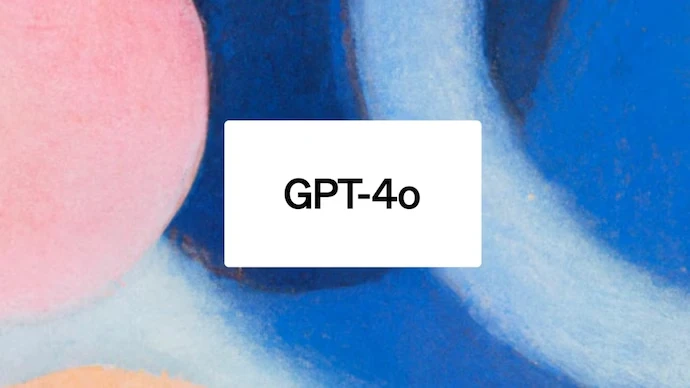Exploring GPT-4o: OpenAI's Latest Multimodal Marvel

Overview
The artificial intelligence landscape is rapidly evolving, and OpenAI is at the forefront with its latest release, GPT-4o. This new model builds on the foundation laid by GPT-4, introducing enhanced multimodal capabilities that promise to revolutionize the way we interact with AI. From real-time voice and image processing to improved language understanding, GPT-4o is designed to provide a more intuitive and dynamic user experience.
Key Features of GPT-4o
Multimodal Interaction
GPT-4o stands out with its ability to handle and integrate multiple types of inputs and outputs, including text, audio, and images. This makes it a versatile tool for a wide range of applications. Users can now engage in real-time voice conversations with the AI, receive instant translations, and even have complex visual content explained or analyzed on the fly【7†source】【10†source】.
Real-Time Responsiveness
One of the most impressive aspects of GPT-4o is its real-time responsiveness. The model can process audio inputs in as little as 232 milliseconds, with an average response time of 320 milliseconds. This capability is comparable to human conversational speeds, making interactions with the AI feel more natural and fluid【10†source】.
Enhanced Language and Translation Capabilities
GPT-4o excels in language translation, providing accurate and contextually relevant translations across numerous languages. This feature is particularly beneficial for travelers and businesses operating in multilingual environments. The model's ability to understand and translate spoken language in real-time sets a new benchmark in the AI translation field【7†source】【9†source】.
Emotional Recognition and Voice Modulation
Incorporating emotional recognition, GPT-4o can detect nuances in the user's voice and respond with appropriate emotive tones. This feature not only enhances user experience but also opens up new possibilities in customer service, mental health support, and personal assistants, where understanding and responding to emotions can significantly improve interactions【9†source】.
Practical Applications
Customer Service
With its ability to handle real-time voice interactions and understand emotional context, GPT-4o can be a game-changer in customer service. It can provide instant, accurate responses to customer inquiries, handle multiple languages, and detect emotional cues to offer more empathetic support.
Healthcare
In healthcare, GPT-4o's multimodal capabilities can assist in diagnosing conditions through voice and visual analysis, translating medical documents, and providing real-time support to medical professionals and patients. Its ability to understand and process complex medical terminologies and scenarios can significantly enhance healthcare delivery.
Education
GPT-4o can revolutionize education by providing real-time language translations, interactive learning experiences through voice and visual aids, and personalized tutoring that adapts to the student's emotional and cognitive state. This can make learning more engaging and accessible to students worldwide.
Challenges and Ethical Considerations
Safety and Security
Despite its advanced capabilities, GPT-4o presents new challenges in terms of safety and security. The model's ability to generate realistic voice outputs raises concerns about potential misuse in scenarios like vocal impersonation and fraud. OpenAI has implemented measures to mitigate these risks, including limiting spoken audio outputs to specific, controlled voices initially【9†source】.
Ethical Implications
The emotional recognition and response capabilities of GPT-4o also bring up ethical questions regarding the use of AI in emotionally sensitive situations. Ensuring that the AI does not manipulate users or exploit their emotions is crucial. OpenAI is actively working on setting ethical guardrails to prevent such misuse【9†source】.
Conclusion
GPT-4o represents a significant leap forward in AI technology, with its enhanced multimodal capabilities offering a more integrated and responsive user experience. Its potential applications span various fields, promising to improve efficiency, accessibility, and interaction quality. However, addressing the associated safety and ethical challenges will be key to its successful adoption and integration into everyday life. As GPT-4o continues to roll out, it is poised to redefine our interactions with artificial intelligence, making them more natural and impactful than ever before.
